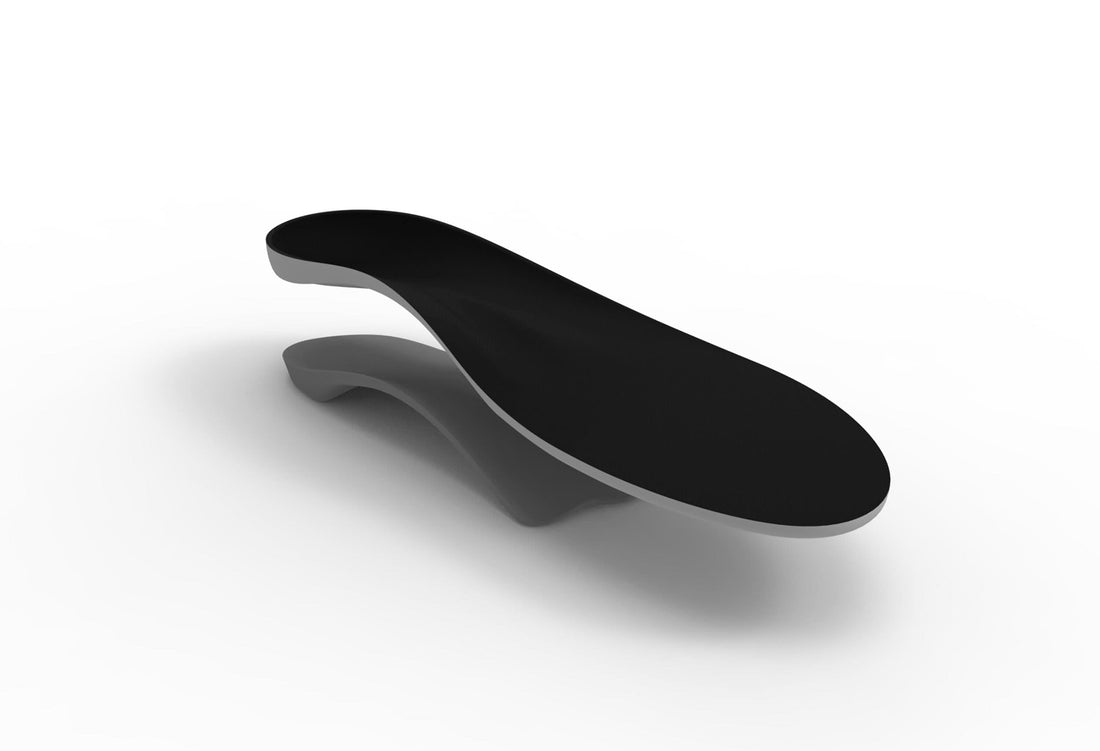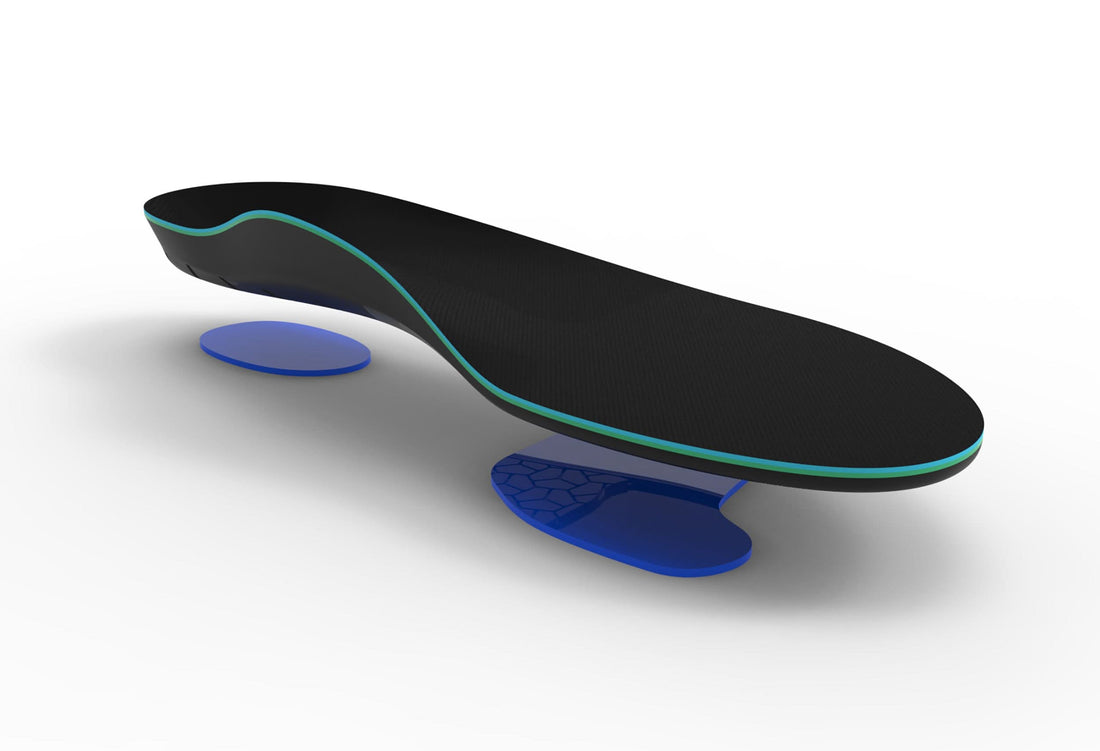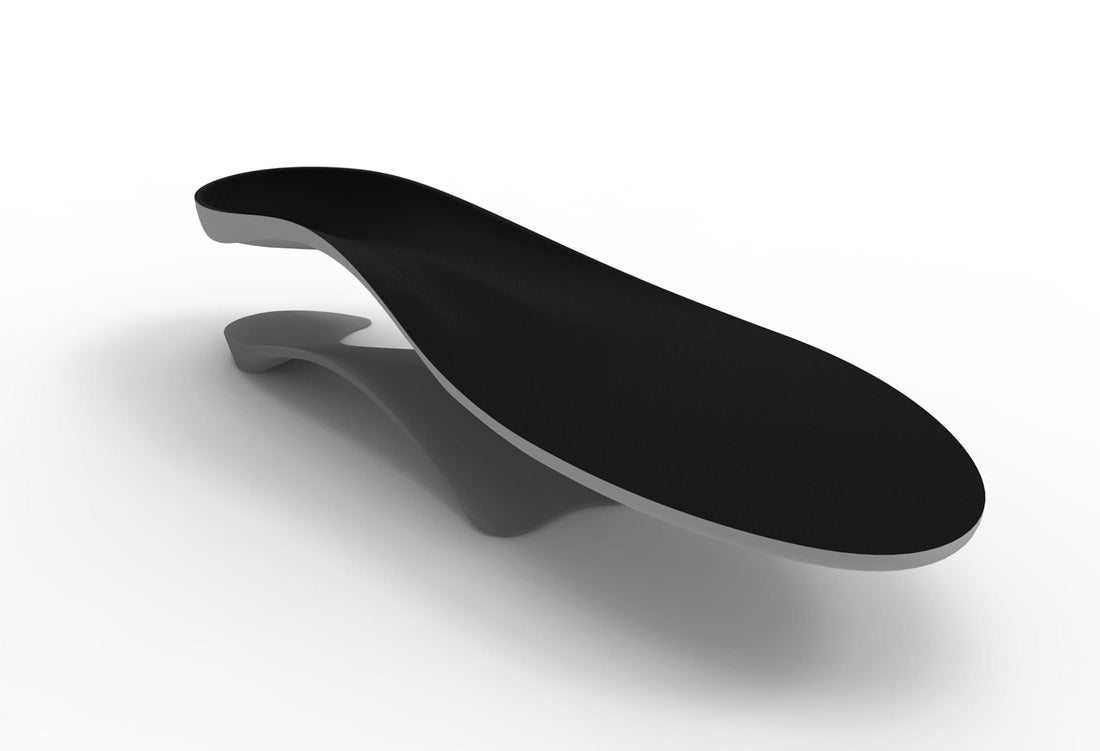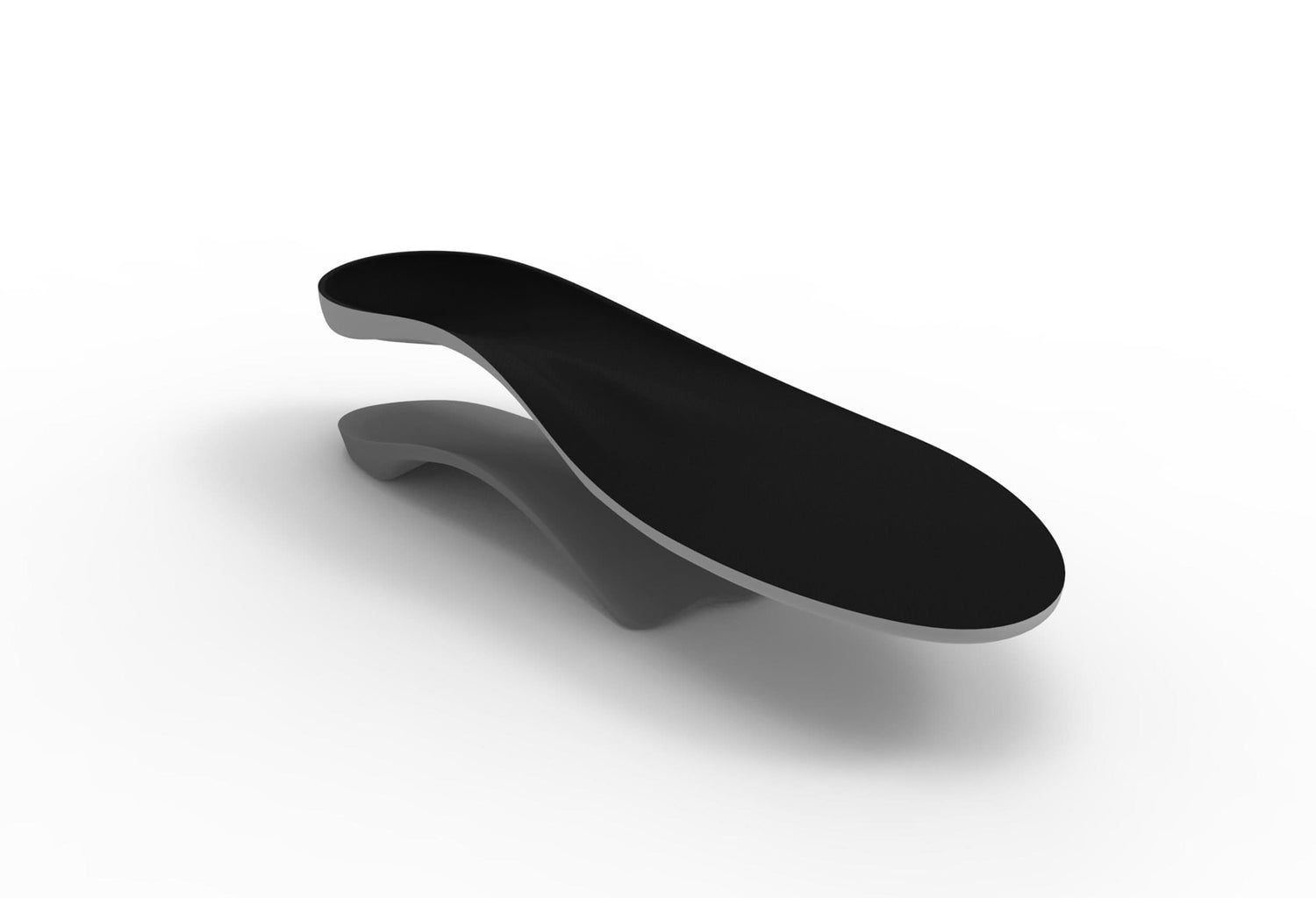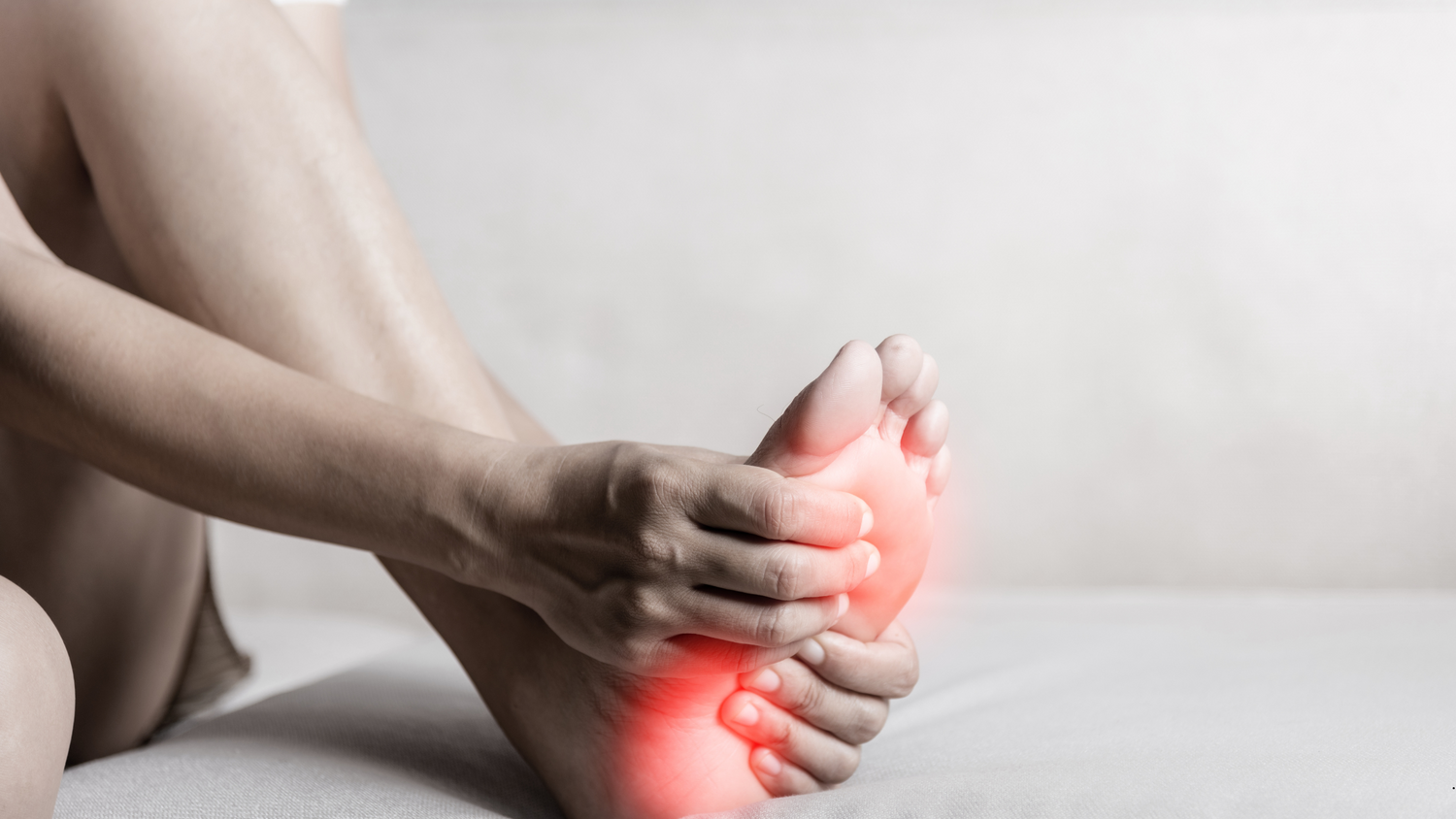Sciatic is a painful nerve condition that affects the lower back, buttocks and leg. Pain radiates down the line of the Sciatic nerve and often affects certain movements in the legs. Many cases will resolve themselves with conservative treatments, however some may require more investigation from an allied health professional in order to settle the discomfort.
Cause
Sciatic pain arises from pressure and inflammation of the Sciatic nerve in the lower back region. Pressure can arise from trauma, a herniated disc, arthritic growths on the spine or bouts of repetitive strain. Other causes of pain and inflammation to the sciatic nerve include;
- Bulging disc (most likely in the lumbar and sacral region of the spine) (diagram)
- Overuse injury
- Osteoporosis
- Muscular strain (back or hamstrings)
- Pinched nerve from a muscle spasm
- Poor core stability causing increased stress on the lower back
- Pregnancy
Symptoms
- Sharp pain in buttock or down the leg (occasionally to the feet)
- Other nerve symptoms (pins and needles, numbness)
- Loss of power/strength in muscles of the leg and foot
- Very high level of pain (ranges from achy to burning to sharp)
- Pain is reproduced by sitting on a hard seat
- Gait abnormalities such as overpronation, may affect the compressive forces on the hip and lower back
Diagnosis
Sciatica is predominately diagnosed through a thorough clinical assessment from your health practitioner. Radiography can assess for the primary cause of sciatica (herniated disc, spinal stenosis, muscular damage).
Treatment
Treatment is focused around relieving pain and reducing the pressure on the nerve. This may include;
- Rest and ice packs to help with immediate symptoms
- An Interpod Orthotic may be necessary to prevent excessive foot overpronation (diagram) which may be contributing to the sciatica. Extra cushioning through the soft range of Interpod orthotics may also relieve stress on the lower back
- Painkillers/anti-inflammatories
- Epidurals
- Surgery
- Improve posture through Pilates or yoga classes
- Massage or manipulation from an osteopath/chiropractor
- Gentle stretching exercises
Prevention
- Strengthening exercises to assist muscles which are weak
- Treating early signs of sciatica with Rest and Icing
- Avoid heavy lifting
- Assess your posture and change any negative posture situations (work chair position)
- Perform regular back exercises and stretches
- Assess sleeping posture and mattress


